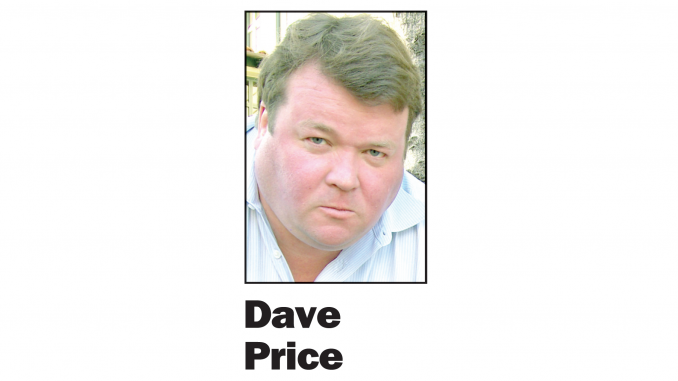
OPINION
BY DAVE PRICE
Daily Post Editor
Louis Brandeis, who was on the Supreme Court from 1916 to 1939, was famous for saying that sunlight is the best disinfectant.
I get suspicious when a public official or a large institution tries to avoid transparency. It makes me wonder what they are trying to hide. I wonder, what are they doing that the public would disapprove of?
Stanford is giving us a lot to be suspicious about as it seeks a permit from Santa Clara County to add about 3.5 million square feet of new construction over the next 16 years.
Two paths
To win approval for this project, there are two paths.
One way is the traditional route, a path most developments take in California. The application is reviewed by government planning professionals, who make a recommendation, which usually includes “conditions of approval” — things the applicant has to do in order to mitigate the impact of the development on the community. Those conditions of approval go to the planning commission, which listens to the public and the applicant and fine tunes them. Then the project goes to the elected board, which also holds public hearings and will often amend the conditions further. Then the project is voted upon.
The second and more unusual route is that the applicant and the elected board negotiate a “development agreement.” The two sides make trade-offs during private negotiations to come up with an agreement.
Stanford was given the opportunity to do both — have the project proceed down the normal course toward a list of conditions of approval and was allowed to simultaneously negotiate a development agreement.
Big mistake
Then Stanford shot itself in the foot. It offered a side deal to the Palo Alto Unified School District. Terms of the proposed deal were reached behind closed doors.
This was a lousy deal for the school district. It mitigated 30% of the district’s costs for educating the additional students from the new Stanford housing, and it didn’t include a commitment for an additional elementary school on campus. It would have required the district’s taxpayers to subsidize students from Stanford.
Stanford blew it, however, because it reached this tentative agreement in violation of the rules it had agreed to follow regarding the development agreement process. The tentative deal was hammered out during a period when those rules prohibited Stanford from reaching side deals. It was also done behind closed doors and sprung on the public 24 hours before the school board was to discuss it.
Moreover, the proposed side deal said that Stanford would only fulfill its part of the bargain with the schools if the county approved a development agreement.
This meant that the only way Stanford was going to help the schools beyond the legal minimum was if they got a development agreement. It would have effectively stopped the county from requiring conditions of approval on the expansion.
A gun to the head
Joe Simitian, the former Palo Alto school board president who is now on the county Board of Supervisors, rightly compared that to putting a gun to the county’s head. If Stanford didn’t get what it wanted through a development agreement, it could pull the rug out from underneath the school district.
Stanford was trying to use the school district as a pawn.
So the county called a halt to the development agreement negotiations with Stanford.
Stanford has nobody else to blame for this but themselves.
Now, as the Post reported Friday, Stanford wants to postpone the process aimed at reaching conditions of approval. But it looks like the county is going full steam ahead anyway.
Stanford is begging for a second chance to negotiate a development agreement, and it wants to do so behind closed doors. Simitian wants the process to be open to the public.
That should tell you a lot about what’s going on here.
The goal of the approval process is to fully mitigate the impact of Stanford’s expansion.
An expansion of 3.5 million square feet — the largest single development project in the North County’s history — will create a lot of traffic and increase the demand for housing. We all have a stake in how this turns out.
Frankly, we’re better off if the development agreement option has been taken away from Stanford. I haven’t seen any evidence that a development agreement would result in more robust mitigation than what could be required by the conditions of approval. If Stanford disagrees with the conditions, it can make its arguments publicly to the county planning commission and the board of supervisors. No backroom deals.
The development agreement process seemed to me to be a chance for a developer to wheel and deal behind the scenes, much like the Planned Community zoning that Palo Alto dropped a couple of years ago. Planned Community zoning meant that you’d get a big building that exeeded the zoning in exchange for a dubious “public benefit,” like a statue or a bench.
This process needs to be open to the public. And if a public discussion of these issues makes Stanford squirm, so be it. Sunlight is the best disinfectant.
Editor Dave Price’s column appears on Mondays. His email address is [email protected].



